Gardening with Spiritual Plants
There’s something magical about plunging your hands into the earth, nurturing plants from seed to bloom, and witnessing the cycle of life unfold right before your eyes.
Gardening is a journey of self-discovery, a path to mindfulness, and a gateway to the divine.
Spiritual plants are imbued with symbolic meanings. They resonate with our inner energies, and hold a significant place in various cultures around the world. From the fragrant lavender that calms our minds to the mighty oak that symbolizes strength and wisdom, each plant has a story to tell, a lesson to teach, and a spiritual essence to share.
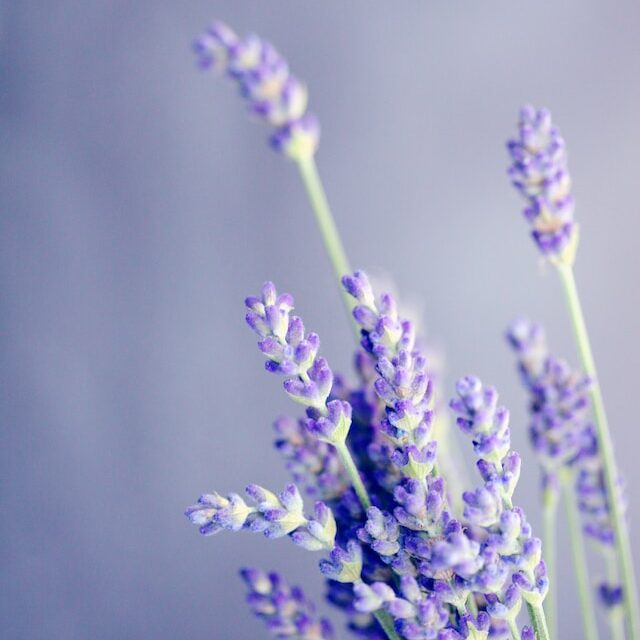
Plant Symbolism in Spirituality
Plants have been revered since ancient times for their symbolic meanings.
Different cultures and belief systems have assigned various interpretations to plants, turning them into powerful symbols that transcend the physical realm.
For instance, the rose, a common plant in many gardens, is universally recognized as a symbol of love and purity. Its delicate petals and intoxicating fragrance have made it a staple in romantic gestures, while its thorns remind us that love often comes with its share of challenges.
On the other hand, the mighty oak tree, with its deep roots and towering stature, symbolizes strength, wisdom, and longevity. The oak stands firm in the face of storms, teaching us the value of resilience and perseverance.
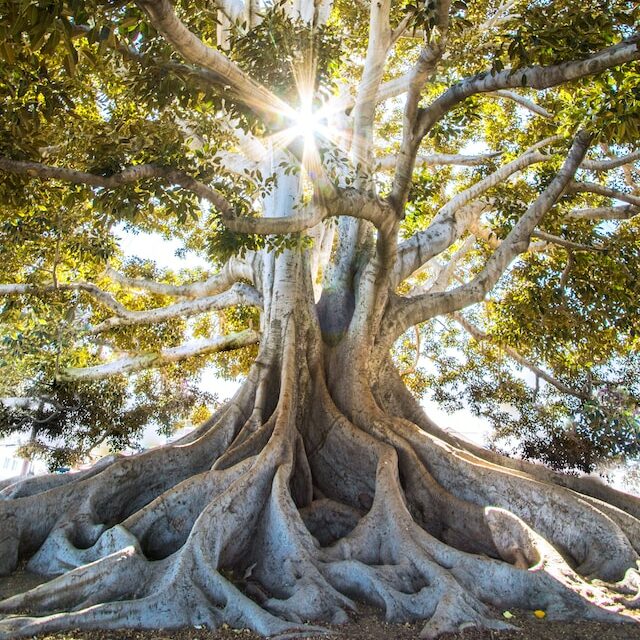
These symbolic meanings are not just historical relics; they continue to resonate with us in the modern world, adding a layer of depth to our interaction with nature.
Plants as Sacred Entities
In many spiritual practices, plants are not just passive entities; they are active participants in our spiritual journey.
Divine or spiritual qualities are attributed to certain plants, such as mugwort. For instance, mugwort spirituality is linked with dreams and psychic abilities.
Rituals, ceremonies, and even spiritual plant medicine incorporate these plants, providing healing not only on a physical level but also on an emotional and spiritual plane.
In the Native American tradition of smudging, herbs like sage and cedar are burned to cleanse a space of negative energy.
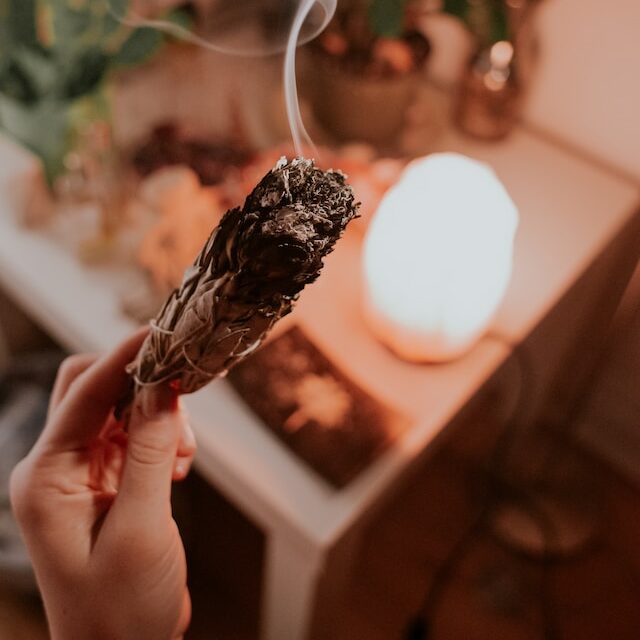
There is also the Ayurvedic practice of using tulsi (holy basil) for its healing and purifying properties.
These practices underscore the sacred role of plants in our spiritual journey.
Cultural Perspectives on Spiritual Plants
The symbolism of specific plants varies across different cultures and spiritual traditions.
The lotus flower, for instance, holds a special place in Buddhism. Emerging pure and untainted from muddy waters, the lotus symbolizes the journey of the soul from the mud of ignorance to the purity of enlightenment.
In Native American rituals, the peyote cactus is revered for its visionary properties, as it is believed to be consumed during spiritual ceremonies to facilitate a deeper connection with the spiritual world, offering insights and revelations.
The ayahuasca vine, utilized in Amazonian shamanism, is renowned for its powerful healing and transformative properties, as it is brewed into a potent tea and used in ceremonial contexts to facilitate deep healing and spiritual awakening.
These plants, and many others, serve as bridges between our physical existence and the spiritual realm, helping us transcend our everyday consciousness and connect with the divine.
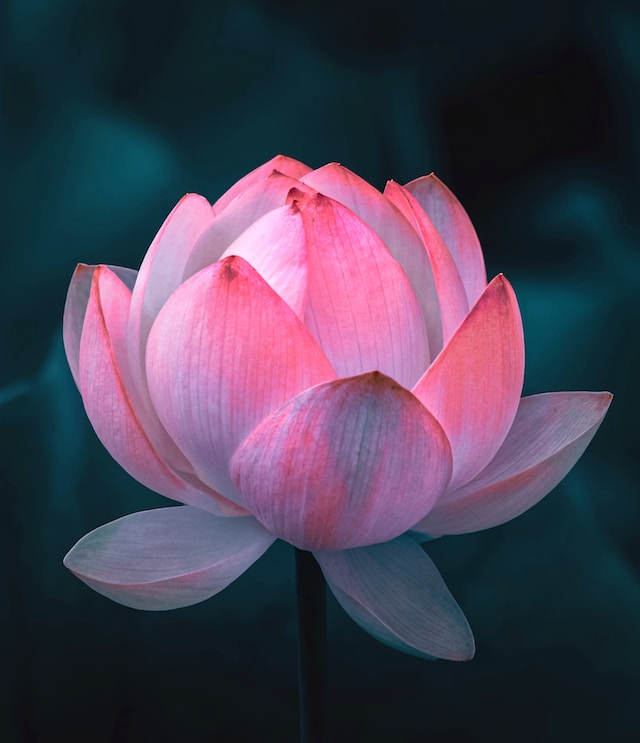
Plants in Mythology and Folklore
Plants have a prominent place in mythology and folklore, often symbolizing transformation, renewal, protection, or spiritual connection.
For example, in Greek mythology, the association between the laurel tree and the god Apollo and the representation of victory and honor are recognized. The nymph Daphne, who Apollo fell in love with, was transformed into a laurel tree to evade his advances. The laurel tree was made into Apollo’s sacred tree as a tribute to his unrequited love.
In Celtic folklore, the sacredness of the hawthorn tree and its believed habitation by fairies are acknowledged. It is often connected with the fae realm and is regarded as a gateway to the otherworld. The hawthorn tree is also perceived as a symbol of protection, and the act of planting a hawthorn hedge was thought to ward off evil spirits.
These stories and legends add a mythical dimension to our gardens, transforming them into spaces of magic and wonder.
Healing and Medicinal Plants
The spiritual symbolism of plants extends to their healing and medicinal properties.
Certain plants, like lavender and chamomile, are believed to have energetic properties that promote physical, emotional, and spiritual well-being. These herbs for spiritual protection and healing can be incorporated into your garden, creating a sanctuary of healing and tranquility.
Lavender is known for its calming properties and is often used in aromatherapy to reduce stress and anxiety.
Chamomile, with its soothing effects, is commonly used to promote sleep and relaxation.
Echinacea, a native American spiritual herb, is known for its immune-boosting properties and is often used to ward off colds and flu.
These plants serve as a reminder of the healing power of nature and the importance of maintaining a balance between our physical and spiritual health.
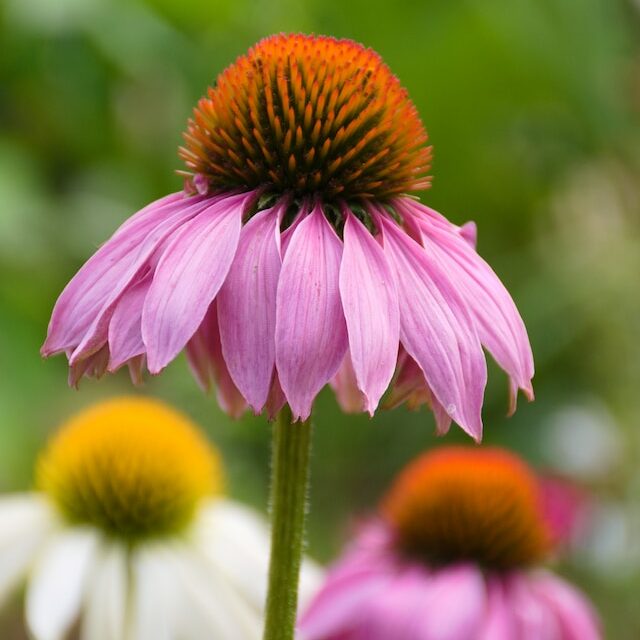
Plant Communication and Connection
Developing a deeper connection with nature involves more than just physical interaction with plants. It involves communicating with them on an energetic level.
An incredible example of this plant communication is the mycelium network. Mycelium, a part of a fungus, forms a vast underground network that connects the roots of different plants, acting as nature’s internet. This network allows plants to share resources, send warnings, and even communicate with each other. This fascinating phenomenon, often referred to as the “Wood Wide Web,” is a testament to the interconnectedness of all life forms. It’s a reminder that just as plants communicate and support each other, we too are interconnected in the web of life.
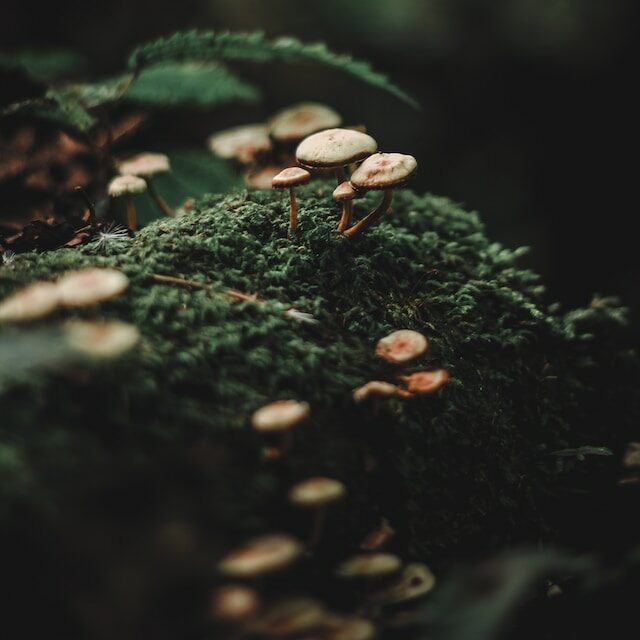
Plant meditation involves focusing your attention on a plant and tuning into its energy. This can help you develop a deeper connection with the plant and gain insights into its healing properties. Plant spirit journeys involve using the spirit of the plant as a guide to explore the spiritual realm. This can be a powerful tool for self-discovery and spiritual growth.
Using plants as tools for divination and guidance, we can tap into their wisdom and draw insights for our personal growth and spiritual development. For instance, the Native American tradition of reading the patterns in tossed corn kernels, known as corndivination, is a practice that seeks guidance from the spirit of the corn plant.
Ecological and Environmental Perspective
In these times of environmental upheaval and increasing disconnection from the natural world, it is more important than ever for us as a species to reconnect with nature and embrace an ecological perspective. Recognizing the spiritual significance of plants in our lives goes hand in hand with cultivating an awareness of our role as stewards of the Earth.
- Plants are essential for the ecological balance of our ecosystems, providing oxygen and absorbing carbon dioxide.
- By honoring and preserving plant life, we contribute to the well-being of our planet and support biodiversity.
- Spiritual gardening allows us to actively participate in the preservation of the environment.
- Nurturing and caring for sacred plants reflects our interconnectedness with the natural world.
- Through spiritual gardening, we develop a deeper appreciation for the intricate web of life.
- Embracing an ecological consciousness encourages sustainable practices such as organic gardening and water conservation.
- Spiritual gardening aligns our actions with the natural cycles and seasons, fostering a deeper connection with nature.
- It reminds us of our responsibility to protect and preserve the natural world for future generations.
- Reconnecting with the natural world through spiritual gardening is an act of resilience and hope.
- By making conscious choices and actions, we can contribute to a more sustainable and balanced future.
A Practical Guide to Incorporating Spiritual Plants into Your Garden
Creating a spiritual garden is a deeply personal and transformative process. It’s about more than just planting; it’s about creating a sacred space that resonates with your spiritual journey. Here are some tips to help you create a spiritual garden that engages all your senses and connects you with nature on a deeper level:
Plant Selection
Choose plants that resonate with your spiritual goals. If you’re seeking protection, consider herbs for spiritual protection like sage or rosemary. If you’re looking for healing, you should consider plants like lavender or chamomile. For a deeper connection with nature, consider plants like the oak tree or the lotus flower, which are rich in symbolism and spiritual significance.
Flower Meanings…
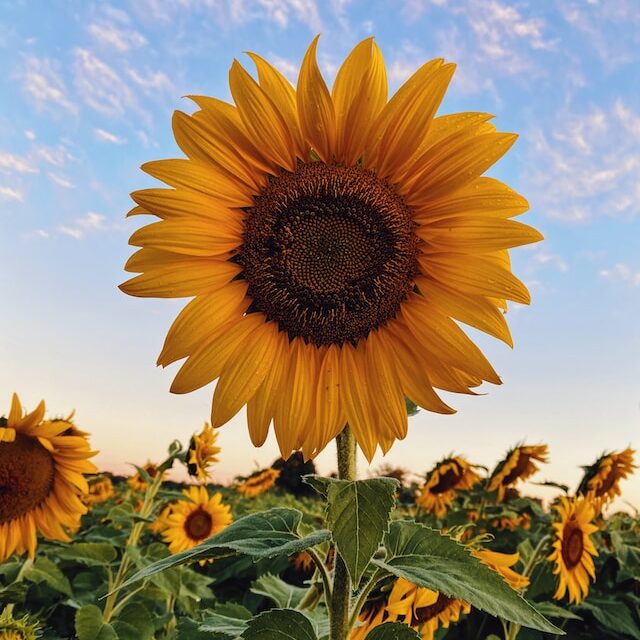
- Rose: Love, beauty, passion
- Lily: Happiness, purity, devotion
- Sunflower: Joy, adoration, loyalty
- Lotus: Enlightenment, spiritual awakening
- Jasmine: Sensuality, grace, elegance
- Lavender: Serenity, calmness, healing
- Orchid: Elegance, beauty, refinement
- Daisy: Innocence, purity, new beginnings
- Tulip: Perfect love, elegance, grace
- Peony: Prosperity, romance, good fortune
Herb Meanings
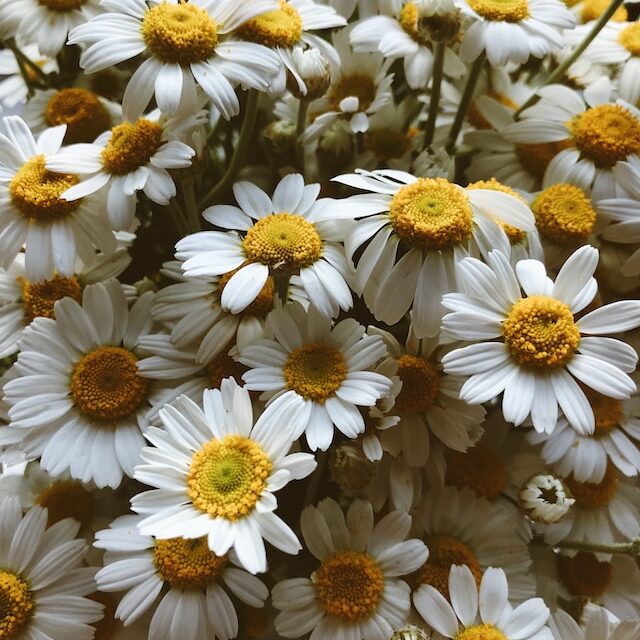
- Sage: Wisdom, purification, protection
- Rosemary: Remembrance, clarity, healing
- Lavender: Calmness, relaxation, peace
- Basil: Love, prosperity, protection
- Thyme: Courage, strength, purification
- Mint: Refreshment, abundance, vitality
- Chamomile: Soothing, peace, relaxation
- Dill: Good luck, prosperity, purification
- Parsley: Rebirth, fertility, protection
- Cilantro: Healing, purification, love
Engage All Senses
A spiritual garden should engage all your senses. Plant fragrant herbs like lavender and rosemary to delight your sense of smell. Incorporate plants with different textures, like the soft leaves of lamb’s ear or the rough bark of an oak tree, to engage your sense of touch. Plant edible herbs like mint or basil to engage your sense of taste. And of course, include a variety of plants with beautiful blooms to create a visually stunning garden.
Garden Ornaments and Accessories
Incorporate garden ornaments and accessories that reflect your spiritual beliefs. Here are some examples..
- Wind Chimes: Wind chimes create soothing sounds that promote relaxation and harmony in the garden, enhancing the spiritual atmosphere.
- Prayer flags: Colorful and inscribed with sacred symbols or prayers, prayer flags are often hung in the garden to bring blessings and positive energy.
- Meditation Cushions: Placing meditation cushions in a designated area of the garden allows for comfortable and peaceful meditation sessions, fostering spiritual practice and inner reflection.
- Zen Garden: A miniature Zen garden with sand, rocks, and a small rake can provide a space for mindfulness and contemplation. Raking patterns in the sand can symbolize the flow of energy and bring a sense of calm.
- Labyrinth: Creating a labyrinth with stones, bricks, or plants offers a sacred space for walking meditation and self-reflection. It represents a journey towards the center, symbolizing personal growth and transformation.
- Statues or Sculptures: Adding statues or sculptures of deities, spiritual figures, or symbols can serve as focal points and reminders of spiritual principles, adding a touch of reverence to the garden.
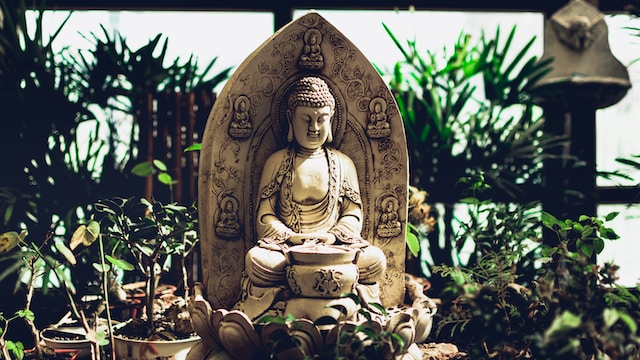
- Water Feature: Incorporating a water feature, such as a small fountain or a flowing stream, brings the element of water into the garden. The soothing sound and presence of water symbolize purification and renewal.
- Incense Holder: An incense holder placed in the garden allows for the burning of incense sticks or cones, creating a fragrant ambiance and symbolizing the offering of prayers or intentions.
- Sacred Stones or Crystals: Placing sacred stones or crystals with spiritual significance in the garden can amplify positive energies and intentions. Each stone or crystal carries its own unique properties and symbolism.
- Altar or Shrine: Designating a space for an altar or shrine in the garden provides a focal point for spiritual rituals, offerings, or moments of devotion. It can be adorned with candles, sacred objects, and meaningful items.
Arrangement
Arrange your plants in a way that facilitates energy flow. You could create a sacred circle with your plants or arrange them according to the cardinal directions. Consider the principles of Feng Shui or Vastu Shastra to create a harmonious and balanced garden.
Rituals and Ceremonies
Incorporate rituals and ceremonies involving your spiritual plants. This could be as simple as meditating in your garden or as elaborate as conducting a full moon ceremony. You could also create rituals around planting and harvesting, infusing these everyday tasks with a sense of sacredness.
Embracing spiritual growth through gardening is a journey of discovery, healing, and transformation. As we nurture our spiritual plants, we also nurture our souls, fostering a deeper connection with nature and the divine. Every plant you nurture is a step towards spiritual growth and a deeper connection with the natural world.
The journey of spiritual gardening is not just about the destination; it’s about the journey itself. So, take your time, enjoy the process, and let nature be your guide.

[…] Peaceful Pointer: Thoughtfully arranging plants and flowers in a feng shui garden promotes a sense of balance. […]